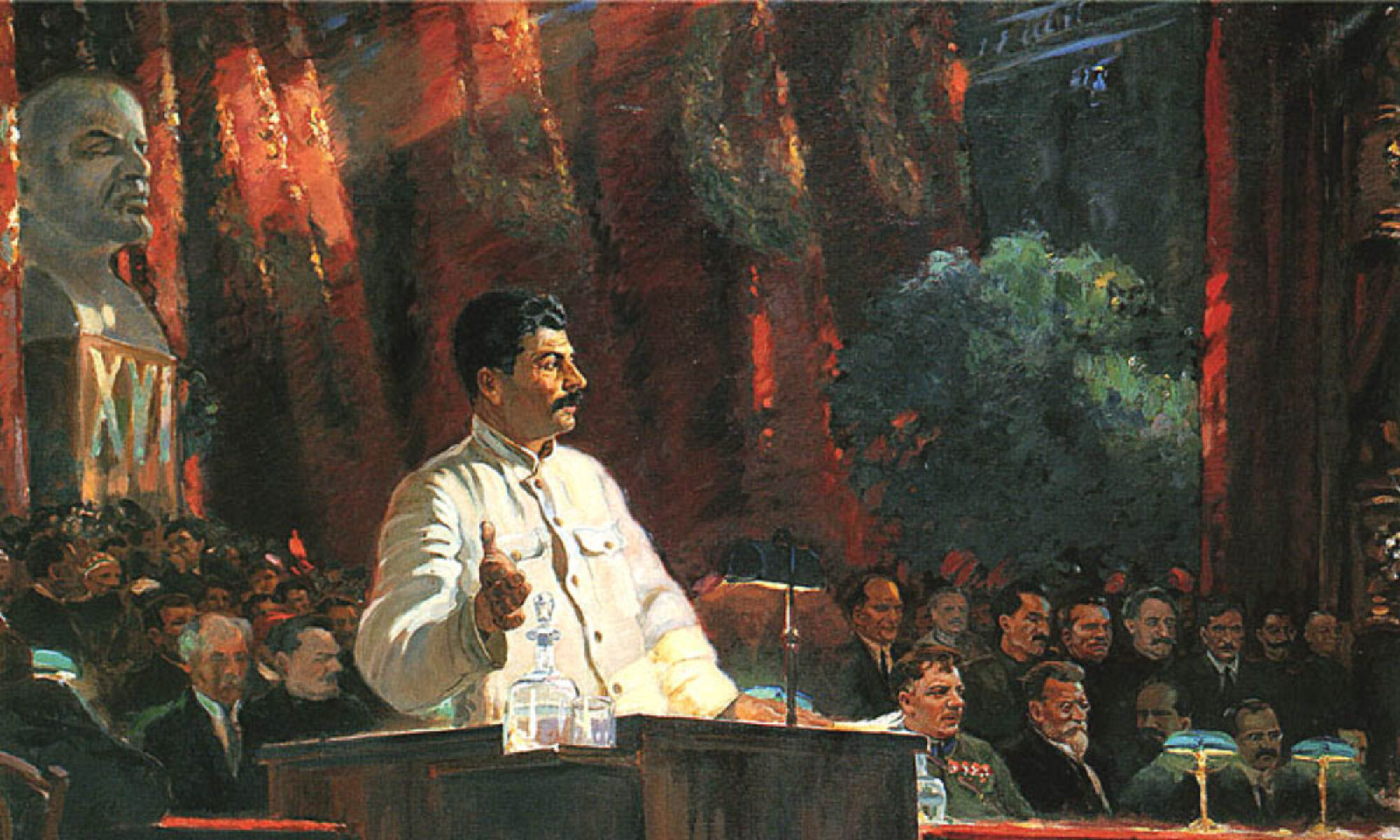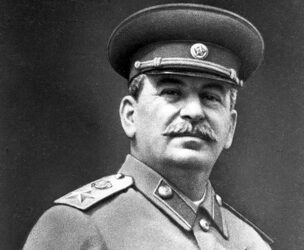Throughout Ginzburg’s narrative, we have seen the importance of family to the prisoners: especially in imagining their family is safe outside of the prison walls. In Chapters 21 and 22, we can see just how important Genia and Zina’s families are to them and how their safety is a comfort. Genia, until this chapter, was comforted by the fact that her children were safe with their father and being taken care of. Once she heard that her husband had been imprisoned, this comfort was taken away from her. Genia says, ” Up to now I had kept such memories at bay by telling myself: “The children are with their father.” Foolishly, I had thought our family would be spared”. After the news of her husband’s arrest, Genia is distraught, but she is comforted by a new family of hers – unconventional as it may be. Her cellmates become quite a family. When Genia gets the news, it is her cellmates, particularly Lydia, who comfort her while she mourns the loss of her family’s imagined security.
When Zina is added to the group, the cell family protects each other from the threat of a newcomer. Gaining entrance into their family isn’t easy, but once Zina suffers severely at the hands of the guards, the ranks open to comfort her. Genia tries to comfort Zina by reciting the names of her children, hoping it will bring comfort to her while Zina tries to sleep.
Family can come in different shapes, but the comfort it provides remains the same. Would you agree that the cellmates Genia has had become a family and, if so, do you believe they bring her comfort?

